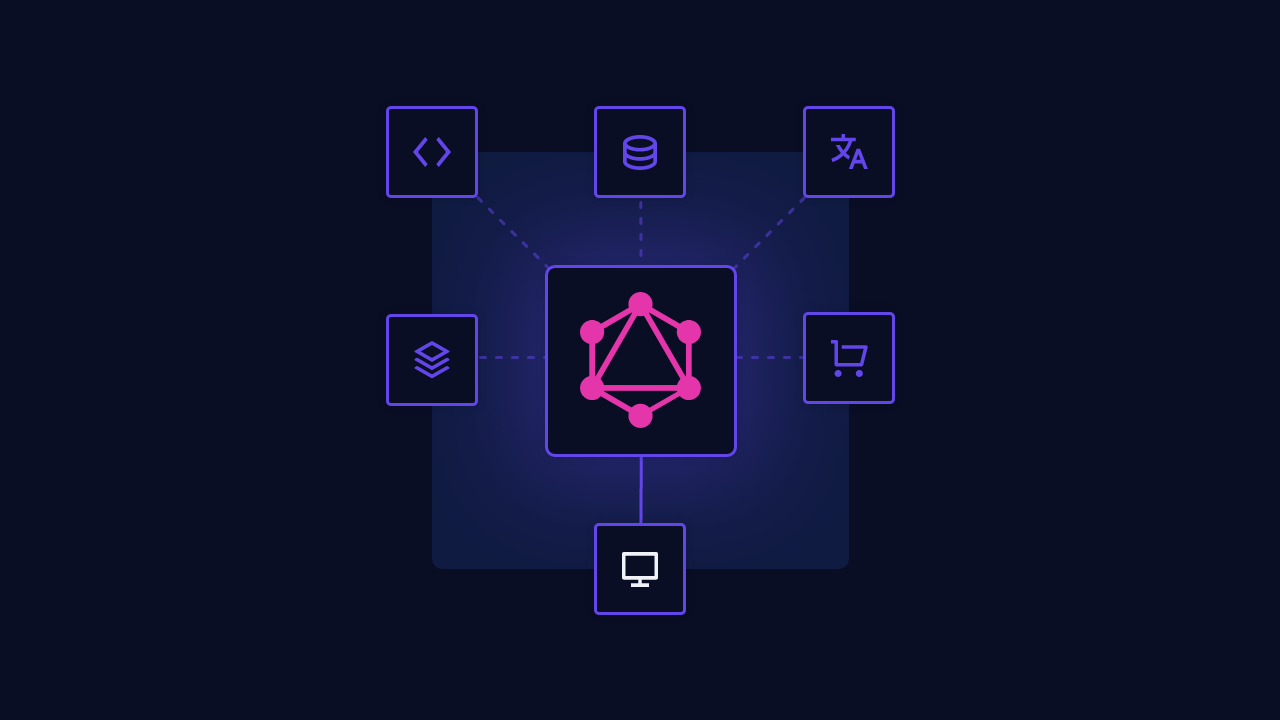GraphQL is a relatively new query language for APIs, which leverages a strongly typed, hierarchical query structure to allow users to request flexible, specific data from a server. By making use of GraphQL, developers can build comprehensive, efficient and intuitive web services that take advantage of its out-of-the-box scalability and extensibility. In this article, we will explore how to harness the power of GraphQL in a PHP environment, using the open-source GraphQL Platform developed by Facebook.
What Is GraphQL?
GraphQL is a stack-agnostic query language for APIs. Instead of designing and managing multiple endpoints, it allows developers to define a single API query layer that can be accessed from any web service. It is built with strongly typed, hierarchical queries that are readily customized to include data fields from any number of objects. It’s also designed to be both extensible and scalable, so as to easily develop more complex queries that are tailored to specific user needs.
GraphQL has been gaining in popularity since its development by Facebook in 2012. It is now widely used in a variety of industries, from public-facing web services to private enterprise systems. In this article, we’ll be looking at how it can be used in a PHP environment to create comprehensive and efficient APIs.
Why GraphQL?
When it comes to building APIs, GraphQL has the potential to offer several advantages over other solutions. Instead of traditional RESTful (REpresentational State Transfer) APIs, GraphQL offers a strongly typed, hierarchical query structure that allows developers to quickly define the data fields they need.
As an open-source platform, it also allows for better scalability and extensibility. By leveraging the core GraphQL platform, developers are able to rapidly build more efficient and intuitive web services that can easily be extended or adjusted as needs evolve.
Finally, with GraphQL, developers can create comprehensive APIs that are more secure. By taking advantage of given objects and data fields, they can ensure that only approved data requests are fulfilled, ensuring better data security practices overall.
Getting Started With GraphQL in PHP
GraphQL can be harnessed in PHP by making use of the open-source GraphQL Platform developed by Facebook. The GraphQL Platform is an extensible framework written in PHP that serves as a foundation for building comprehensive web services. It can be easily extended via plugins and other PHP libraries, making it easy to add extra fields and objects to existing queries.
To get started, developers will need to install the GraphQL Platform on their web server. Once installed, they will need to define the objects and data fields they would like to access in their queries. This is done by creating a schema, which GraphQL uses to structure the requests.
Next, developers will need to write a query to access the data. This is done by defining the specific data fields they would like to access, as well as any parameters that may be necessary.
Finally, developers will need to implement the query in their web service. This is done by creating a GraphQL request using the query, and then sending the request to the server. The server will then process the request and return the requested data in the specified format.
Creating Secure Web Services with GraphQL
In addition to offering greater scalability and extensibility, GraphQL also provides a layer of security to web services. By leveraging the strongly typed schema and objects, developers are able to ensure that only approved data requests are fulfilled. This helps to protect data from unauthorized access and ensure that the web service is secure.
By harnessing the power of GraphQL in PHP, developers can build comprehensive, efficient and intuitive web services that take full advantage of its out-of-the-box scalability and extensibility. By making use of the GraphQL Platform, developers can easily define the data fields they need as well as implement secure graph queries. Developers can also rest assured that data requests are properly authenticated and that data is protected from unauthorized access.

